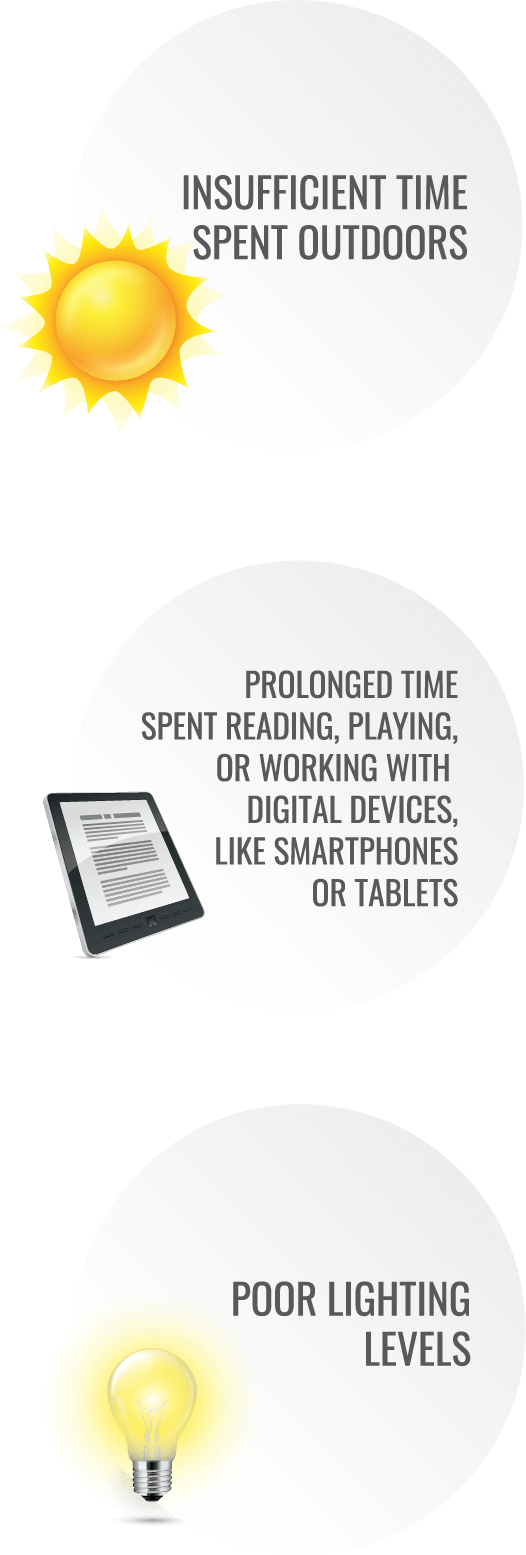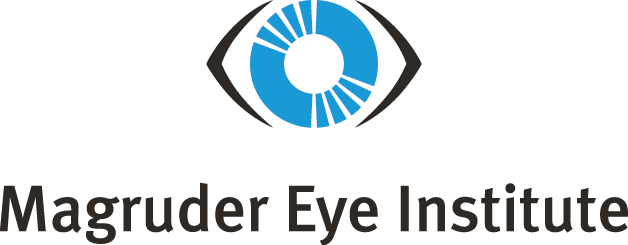Myopia, often referred to as nearsightedness, is the inability to see objects clearly at a distance. Myopia can worsen over time.
Lifestyle Habits Leads to an Increase in Myopia


A dramatic increase in myopia has drawn the attention of eye care providers. More than 80% of eye doctors agree that nearsightedness, or myopia, is one of the biggest problems affecting eyesight today, particularly in children. In the early 1970s, only 25% of Americans had myopia. Today, more than 40% of Americans have myopia and that number is increasing at an alarming rate, especially among school-aged children.
The increased cases of myopia are attributed to genetics and lifestyle. Family history plays a role in the risk for myopia. Research also shows that today’s lifestyles may influence the development of myopia, like spending less time outside, prolonged screen time and poor indoor lighting.


COVID-19 Quarantine Signals Increase in Pediatric Myopia
Parents and caretakers understand the affect the COVID-19 pandemic had on the lifestyle changes of their young children. Children spent less time outdoors and more time in front of a screen. Studies show that this has led to an increase of myopia in children ages 6- to 8-years-old. Read more about these findings here.
Myopia Management Today, Less Worry Tomorrow
If you’ve happily worn glasses or contacts all your life, it might seem excessive to start managing myopia now for your children. Worsening myopia may contribute to more severe eye health complications and sight-threatening conditions later in life including retinal detachment, myopic maculopathy, glaucoma and cataracts.
Let’s Work Together for Your Eye Health
More than just vision correction, a myopia management program can help keep your future bright. The first step is scheduling a comprehensive eye exam so we can recommend the best course of treatment.









